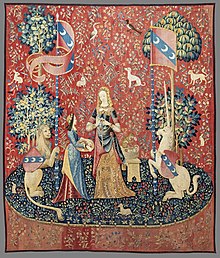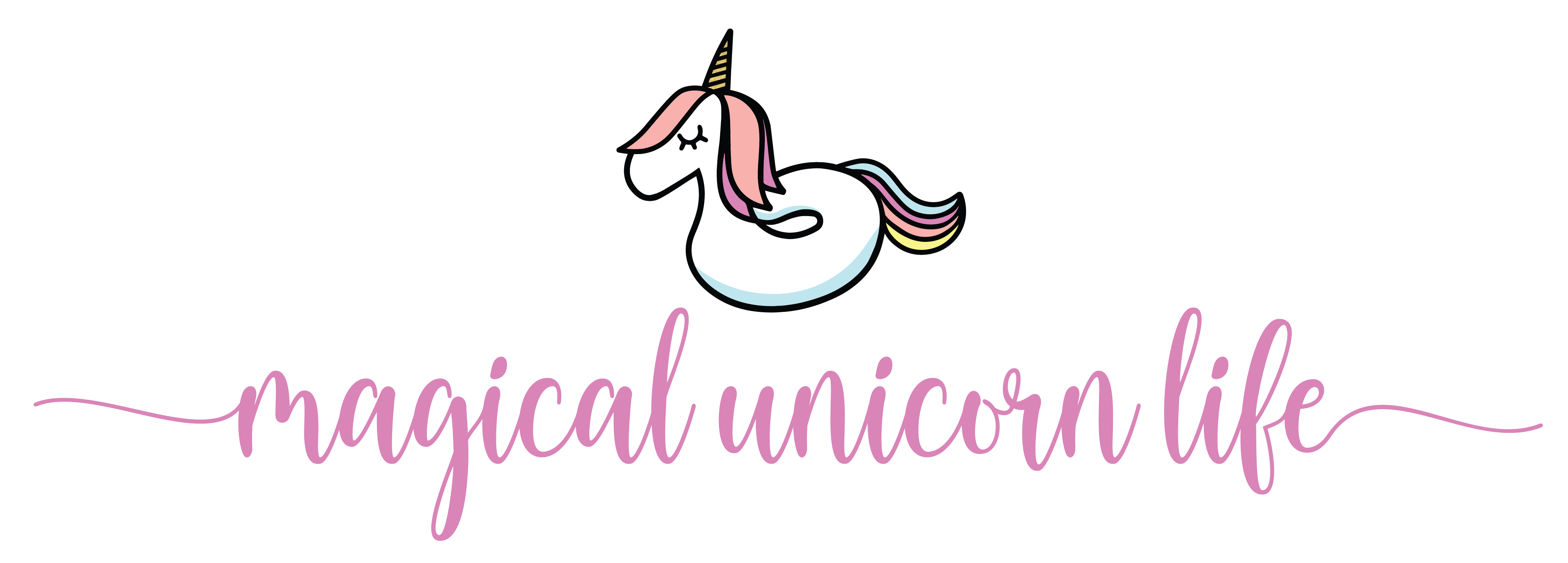Unicorn Art for the Ages
Unicorns have been a popular subject of art for centuries, appearing in cultures all over the world. They are often depicted as white horses with long, flowing manes and tails, and a single, spiraling horn on their forehead. Unicorns are often associated with purity, innocence and magic.
Unicorn Art History
Some of the earliest examples of unicorn art can be found in ancient Mesopotamian art, dating back to the 3rd millennium BCE. Unicorns also appear in Indian and Chinese mythology, and in the art of ancient Greece and Rome.
In the Middle Ages, unicorns became increasingly popular in European art. They were often depicted in tapestries, paintings and sculptures. The Lady and the Unicorn, a series of six tapestries created in the 15th century, is one of the most famous examples of unicorn art.
In the Renaissance, unicorns were depicted in a more naturalistic style. They were often shown in landscapes, surrounded by flowers and other animals. Unicorns also became popular subjects for scientific illustrations.
In the 19th century, unicorns were again popular in art, this time in the context of the Romantic movement. Unicorns were often depicted as symbols of purity and innocence, and they were also associated with the natural world.
Today, unicorn art is still popular. It can be found in a variety of styles, from traditional to contemporary. Unicorn art is often used in books, toys and other merchandise.
Symbolic Meaning of Unicorns in Art
- Purity: Unicorns are often seen as symbols of purity and innocence. Their white coats and single horn represent these qualities.
- Magic: Unicorns are also associated with magic and mystery. Their horns are said to have magical powers, and they are often depicted in scenes of enchantment.
- Chastity: In some cultures, unicorns are seen as symbols of chastity. Their purity and innocence make them a fitting symbol for this virtue.
- Love: Unicorns are also associated with love. Their gentle nature and single horn make them a symbol of true love.
Famous Unicorn Art

The Lady and the Unicorn: This series of six tapestries, created in the late 15th century, is one of the most famous examples of unicorn art. The tapestries depict a lady interacting with a unicorn in a variety of ways and are thought to symbolize different aspects of love and relationships.

Unicorn in Captivity: This painting, created by Albrecht Dürer in 1503, is a famous example of a unicorn in Renaissance art. The painting depicts a unicorn being captured by a hunter and is thought to symbolize the taming of the human soul.
The Unicorn in Captivity appears briefly in Harry Potter and the Half Blood Prince and Harry Potter and the Deathly Hallows movies. Learn about all of the unicorns in Harry Potter.
Unicorns in Pop Culture
Unicorns have also become popular in pop culture in recent years. They can be found in everything from movies and TV shows to children’s books and toys.
Unicorns are fascinating and mysterious creatures that have captured the imagination of artists for centuries. Unicorn art is a diverse and ever-evolving field, and it continues to inspire new artists today.
I hope this gives you a better understanding of unicorn art! Please leave a comment if you have anything to add.

